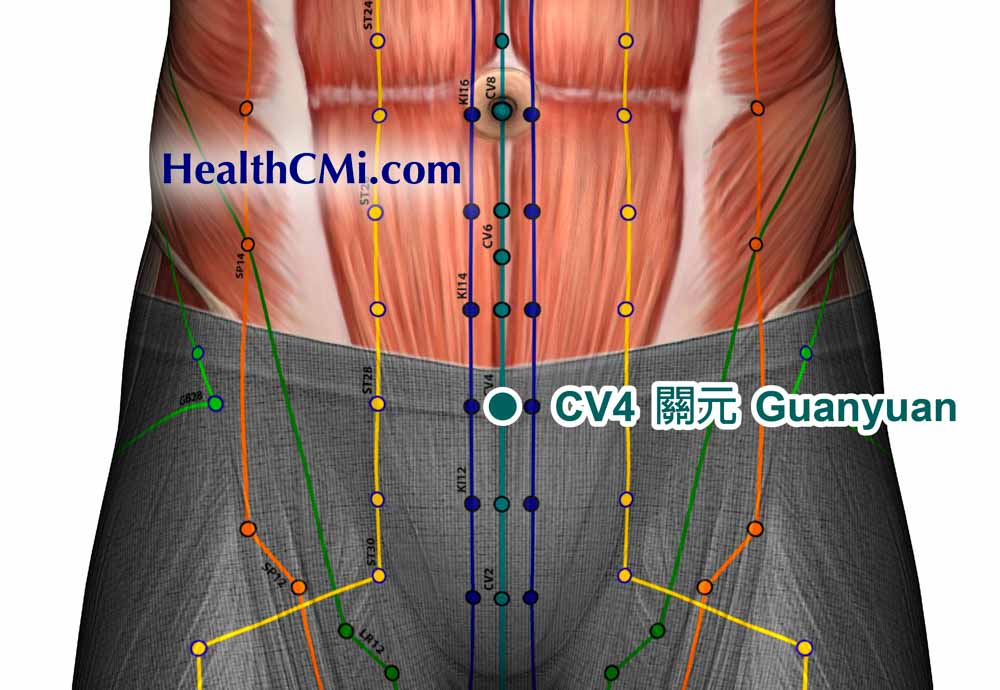
Acupuncture is effective for patients with diminished ovarian reserve (DOR) undergoing in vitro fertilization-embryo transfer (IVF-ET). In a recent clinical trial conducted by Wuhan Kangjian Maternity and Infant Hospital and the Acupuncture Research Institute of the China Academy of Chinese Medical Sciences, 80 DOR patients were recruited. The patients were randomly divided into two groups: one receiving conventional ovarian stimulation protocols and the other receiving a combination of conventional protocols and acupuncture. The results indicate that acupuncture therapy increases the antral follicle count (AFC) and improves the number of retrieved eggs, the number of high-quality embryos, and the clinical pregnancy rate in assisted reproductive cycles.
The 80 DOR patients were sourced from the reproductive center of Wuhan Kangjian Maternity and Infant Hospital. These 80 patients were randomly divided into a conventional stimulation group and an integrated therapy group. All patients met the criteria outlined in the 2020 committee opinion of the American Society for Reproductive Medicine on Testing and Interpreting Measures of Ovarian Reserve, which include: (1) FSH levels between 10 U/L and 25 U/L; (2) AFC < 7; and (3) AMH < 1.1 ng/ml. Patients with abnormal genital organ development, endometrial polyps, uterine cavity infections, hydrosalpinx, thin endometrium, endometriosis, or other organic diseases caused by ovarian surgery, radiotherapy, chemotherapy, or immunosuppressive agents were not included in this study.
Patients in the conventional treatment group were administered either a PPOS or a mild stimulation protocol. Patients receiving mild stimulation took clomiphene citrate tablets (50 mg/tablet) on the second or third day of their menstrual cycle at a dosage of 50–100 mg per day and received injections of human menopausal gonadotropin (HMG, 75 IU/vial) to stimulate ovulation at a dosage of 150–225 IU per day. This was continued until ultrasound examination showed that there was at least 1 follicle with a diameter of ≥18 mm in the dominant follicle group. Then, patients were injected with human chorionic gonadotropin (HCG, 2,000 IU/vial) and underwent egg retrieval under vaginal ultrasound guidance 34–36 hours later. This was followed by scheduled embryo transfer.
The PPOS protocol involved using medroxyprogesterone acetate tablets (MPA, 2 mg/tablet) in combination with HMG for ovulation induction. Patients started medication on the second or third day of their menstrual cycle. Those with FSH ≤10 IU/L took 10 mg of MPA orally per day and received HMG injections at a dosage of 150–225 IU per day. Those with FSH >10 IU/mL first took MPA orally at a dosage of 8–10 mg per day and then underwent repeated FSH testing after 5–6 days.
If the FSH level was <10 IU/mL, they received HMG injections at a dosage of 150–225 IU per day for 6–15 days. Ultrasound examination was performed to monitor follicle development. When the diameter of the dominant follicle group reached ≥18 mm, patients were injected with HCG at a dosage of 10,000 IU and underwent egg retrieval 34–36 hours later under vaginal ultrasound guidance. This was followed by scheduled embryo transfer. Fresh embryo transfer was preferred, with 1–2 high-quality embryos transferred each time. If fresh embryo transfer was not suitable, vitrified frozen-thawed embryos could be transferred, with frozen-thawed embryo transfer performed in the next menstrual cycle. Only the pregnancy outcome of the first embryo transfer was observed.
Patients in the combination therapy group received acupuncture therapy 12 weeks prior to the IVF procedure in addition to the above treatments.The following points were used:
Group 1
- GV20 (Baihui)
- GV24 (Shenting)
- GB13 (Benshen)
- CV12 (Zhongwan)
- CV4 (Guanyuan)
- ST25 (Tianshu)
- KI12 (Dahe)
- Extra (Zigong)
- ST36 (Zusanli)
- SP6 (Sanyinjiao)
- LR3 (Taichong)
Group 2
- BL23 (Shenshu)
- BL32 (Ciliao)
- KI3 (Taixi)
The initial treatment starts with group 1, using the two groups of acupoints in alternation. Group 1 patients rested in a supine position while group 2 patients were prone. The acupoint areas were routinely disinfected. Needles of various sizes (0.25 mm × 25 mm, 0.25 mm × 40 mm, and 0.30 mm × 75 mm) were used for the procedure.
For Baihui, Shenting, and Benshen, needles were inserted obliquely toward the posterior to a depth of 15–20 mm. Needles were rotated gently but without lifting or thrusting. For Zhongwan, Tianshu, Guanyuan, Dahe, Zigong, Zusanli, and Shenshu, needles were inserted perpendicularly to a depth of 25–30 mm. For Sanyinjiao, Taichong, and Taixi, insertion depth was 15–20 mm. For Ciliao, needles were obliquely applied to a depth of 60–75 mm, ensuring the needle reached the second sacral posterior foramen. Shenshu and Ciliao at the same side were then linked to an electroacupuncture device. Sparse-dense wave mode was used with a frequency of 2 Hz/15 Hz. Each treatment session lasted for 30 minutes and was administered once every other day, three times per week, for a total duration of 12 weeks.
The addition of this acupuncture protocol to biomedical intervention increases the antral follicle count. Antal follicles are ovarian follicles in early development and each follicle contains an immature egg. The overall number of retrieved eggs increases with acupuncture therapy and the overall number of quality embryos. Moreover, acupuncture increases the pregnancy rate for IVF-ET patients. At HealthCMi, we find this research consistent with the results of other similar clinical trials.
[1] Chen Meixiao, Yi Zhe & Liang Qi. (2021). Evaluation of the clinical value of acupuncture treatment for patients with peripheral facial paralysis at different time periods. Medical Diet Therapy and Health (11), 72-73+75.


